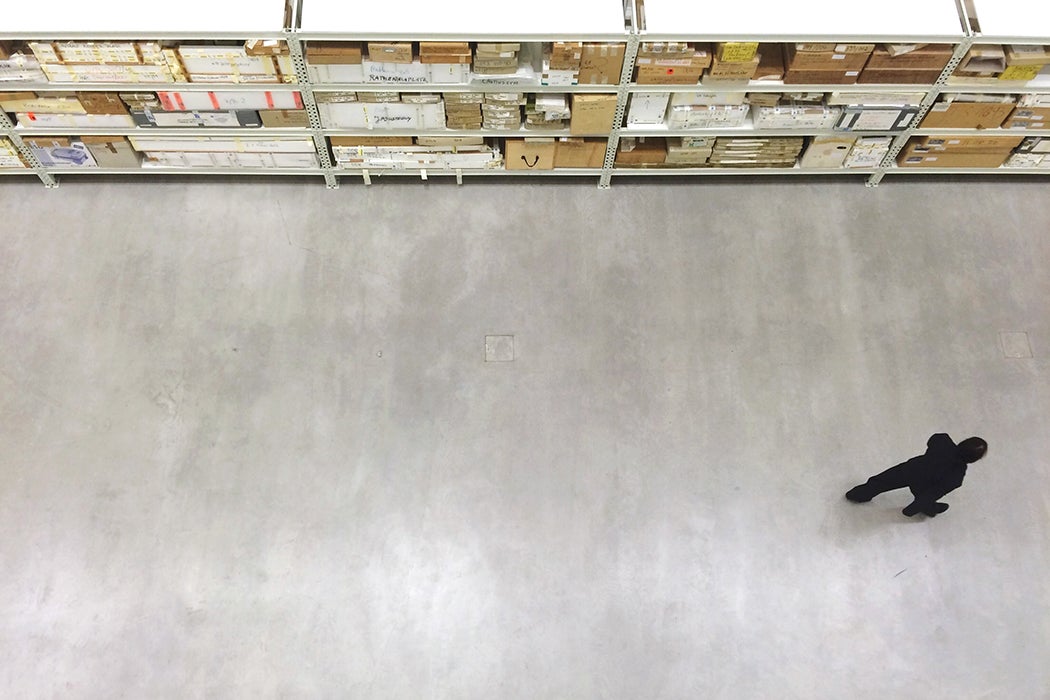As e-commerce takes on ever-larger dimensions in the American economy, warehouses increasingly look like centers of our commercial world. That was also true at a very different economic moment in the second half of the nineteenth century, architecture scholar Leonard K. Eaton notes.
As cities in the Midwest grew, shopkeepers and farmers demanded a variety of goods. That created an opening for the entrepreneurial minded wholesaler, who “was the key to the pattern of trade.… The important cities of the interior grew up at points he selected. He was the real pioneer of mercantile capitalism,” Eaton writes. Typically, this wholesaler chose a spot on a major waterway near a rich agricultural area. These places were initially stopping places for riverboats. As railways grew, they became key locations for stations, and the rail connection in turn made the warehouse districts grow.
Eaton notes that the wholesaler had to be an expert in a number of areas. He knew who produced the commodities that locals needed and was knowledgeable about freight rates, forwarding agents, and storage facilities.
The warehouse was the hub of all kinds of activity. Dry goods wholesalers might begin manufacturing overalls and work shoes for the farmers they did business with. Banks set up locations on the perimeter of warehouse districts to serve the wholesalers, and bars and restaurants popped up to serve wholesalers’ employees and to cash their checks outside banking hours. Then there were traveling salesmen who dropped into town, creating the demand for hotels around the wholesale district.
As for warehouses themselves, while we might think of them as basic, blocky buildings, they called for architectural ingenuity. A warehouse needed front office space and an attractive display area to showcase goods. It also had to accommodate railway spurs to deliver goods, as well as freight elevators to move them within the building. Some areas needed to be kept dark to avoid the deterioration light could cause in fabrics, drugs, and other goods.
Want more stories like this one?
The constant threat of fire loomed over the buildings. One solution was simply using more timber than would otherwise be necessary so that structural beams could survive a fire, charring rather than burning down. The 1879 invention of the automatic sprinkler was a big step toward thwarting fires.

Beyond the practical, warehouses were also symbolic. Warehousing was often a family business, and the building had to convey a family’s social position and status, as well as providing assurance of the business’s stability. Often, pictures of the building appeared in advertisements and trade circulars as well. Many warehouse builders in mid-American cities imitated the commercial style of Chicago. One building in that city, the Marshall Field Wholesale Store, with “tiers of rhythmically related arches” was particularly influential.
Given its imposing size, its careful design, and its position in the physical heart of cities’ commercial economy, Eaton writes that the warehouse “was ordinarily the true civic monument of the North American city.”







